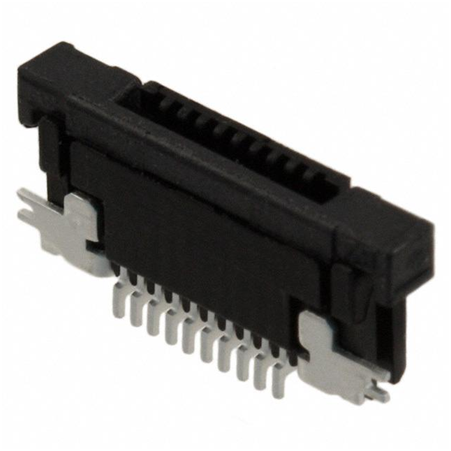Development of connector technology
The main types of connectors are: FPC connectors and SATA connectors. Their supporting fields include transportation, communication, network, IT, medical, home appliances, etc. The rapid development of product technology in the supporting field and the rapid growth of the market have strongly led the development of connector technology. So far, the connector has developed into a series of products and specialized products with complete product categories, rich variety specifications, diverse structural types, professional direction subdivision, obvious industry characteristics, and standard system specifications.
In general, the development of connector technology has the following characteristics: high-speed and digital signal transmission, integration of various types of signal transmission, miniaturization and miniaturization of product volume, low cost of products, and termination method of contact parts. Sticking, module combination, convenience of plugging and unplugging, etc. The above technology represents the development direction of the connector technology, but it should be noted that the above technology is not required for all connectors, and the connectors of different supporting fields and different use environments have completely different requirements for the above technologies.
At present, the functions of electronic products are more and more powerful and comprehensive, and higher and more diverse requirements are put forward for connectors. For example, the transmission rate of electronic devices is getting higher and higher. To meet the transmission and exchange of large-flow data, The connector proposes high speed transmission and digital transmission requirements. However, in order to save equipment space and reduce the size of the equipment, more and more signals such as microwave signals, optical signals, high voltage signals, power signals, etc. need to be integrated into the same connector, and each signal is required to be independently transmitted and mutually Without interference, this will determine the trend of connector signal transmission integration will become more and more obvious.
The market's need for connector concentration and miniaturization has led to technological innovation in terminal blocks. Semiconductor chip technology is becoming a technological driver for the development of connectors in all levels of interconnects, for example, with 0.5mm pitch chip packages rapidly moving toward 0.25mm pitch, enabling Class I interconnects (within IC devices) and Class II interconnects (devices) The number of device pins connected to the board is several hundred lines up to several thousand lines. The press-fit contact technology is commonly used in cylindrical slotted jacks, elastic stranded pins, and double-curved wire spring jack connectors, which greatly improves the reliability of the connector and ensures high fidelity of signal transmission.
The terminal block technology makes the connector a new connector product, the push-in connector, which is mainly used for system level interconnection. Its biggest advantage is that it does not require cables, it is easy to install and disassemble, it is easy to replace in the field, and the insertion speed Fast, stable and stable, good high frequency characteristics, suitable for spacecraft. The assembly technology of connectors is moving from plug-in mounting technology to surface mount technology, and the future trend is toward micro-assembly technology. The adoption of MEMS will be the driving force for improving connector technology and cost performance.


